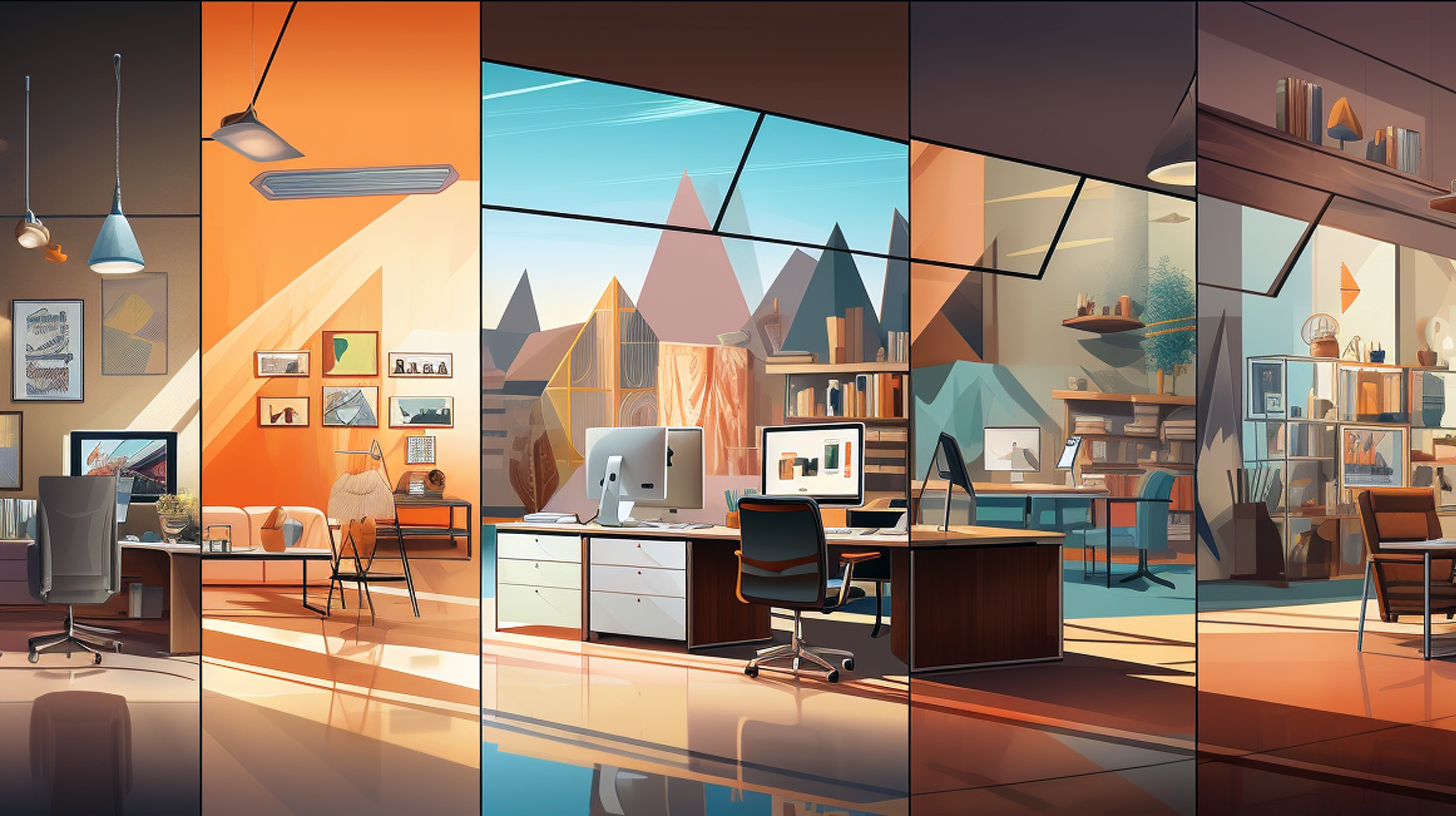
From Burned Out to Balanced: Designing Workplaces for Well-Being and Productivity
Feeling stressed, overwhelmed, and burned out seems to have become an all-too-common...

In today’s workplace, we have a fascinating phenomenon. On one side, there’s a rich tapestry of generations, each with unique experiences and viewpoints. On the other, we recognize that every individual is more than just a generational label, influenced by a myriad of personal, professional, and developmental factors. The challenge for today’s leaders is to harness the insights each generation offers without overshadowing individual nuances.
From an anthropological lens, insights about generations provide a broad understanding of workforce preferences and tendencies. They offer a framework that helps organizations anticipate and cater to the needs of large groups. For instance, recognizing that a significant portion of Gen Z values technology-driven solutions can guide the introduction of relevant amenities.
However, these insights, while valuable, are generalizations. Recognizing that every individual is on a unique journey through different life stages is essential. Regardless of their generational categories, people navigate various stages in their lives, each with its distinct challenges and growth opportunities. For instance, an early-career Millennial might share more in common with a Gen Z intern in terms of life challenges than with a Millennial in a leadership position.
In addition, the specifics of a person’s role and tasks introduce another layer of diversity. A creative brainstorming session might thrive in an open, collaborative environment, while data analysis might require solitude. It’s not just about age or generational categories; it’s about the task and the individual’s role.
The solution lies at the intersection of architectural design, environmental psychology, task nature, and an inclusive culture. In this holistic approach, workplace design transcends aesthetics and functionality; it’s a strategic tool that shapes interactions and fosters mutual respect.
Yet, we should not forget that the physical environment has its boundaries. The true essence of a workspace lies in its culture. Leadership must advocate for a culture that values individuality, encourages open communication, and fosters mutual respect.
As we contemplate the future of the workplace, it’s crucial to perceive it as both an art and a science. This vision requires a holistic approach with design expertise, psychological insight, and a culture that values individuals over labels. By achieving this balance, we can design workspaces that not only accommodate but truly celebrate the diverse tapestry of a multigenerational workforce. Embracing this mindset lays the groundwork for genuinely inclusive workplaces that champion collaboration, understanding, and mutual respect. For forward-thinking leaders, this is not merely an aspiration but a blueprint for the future of work